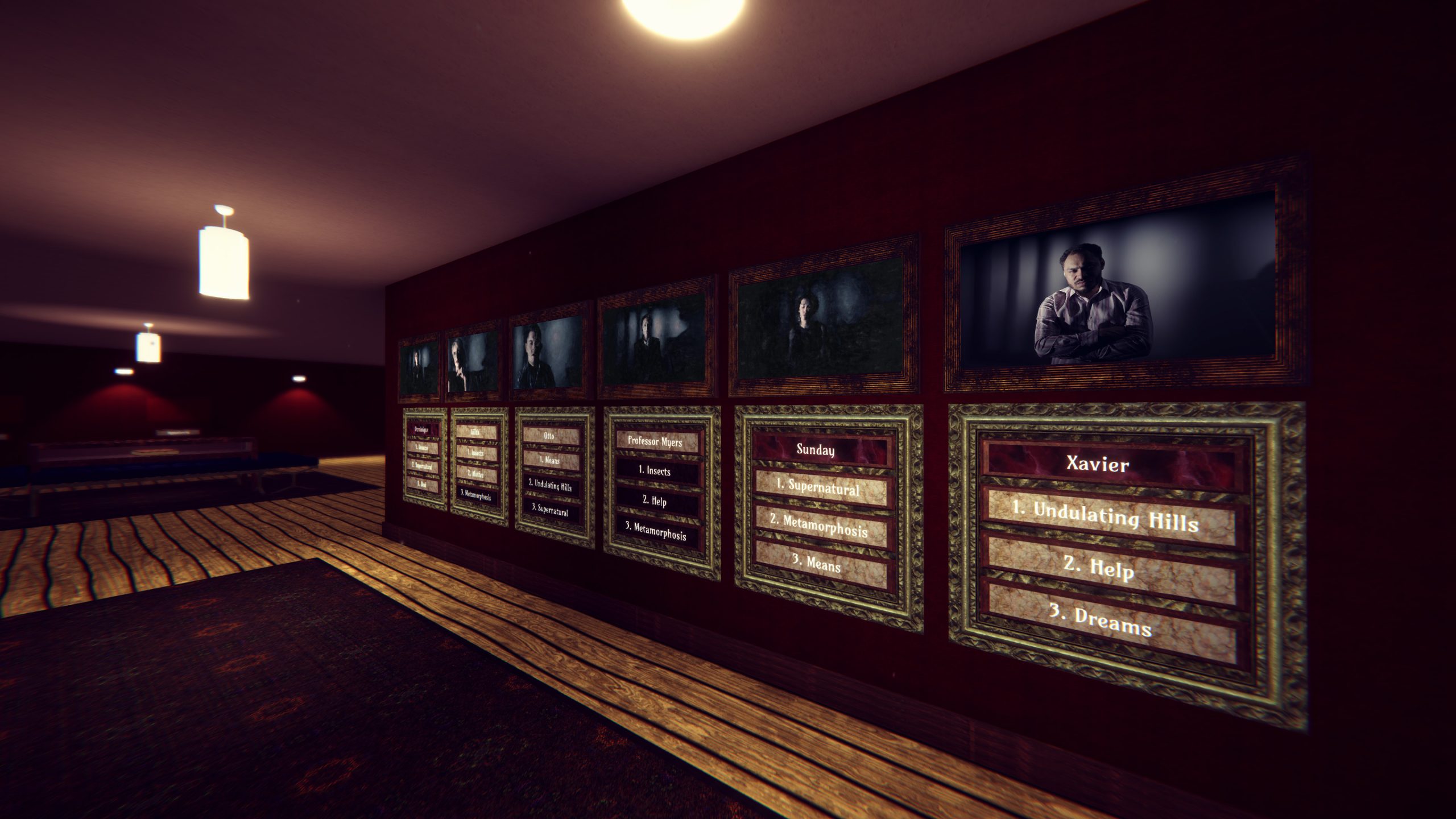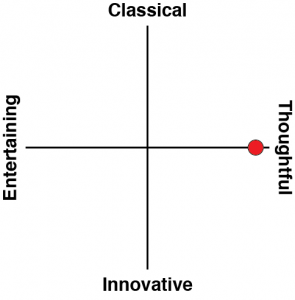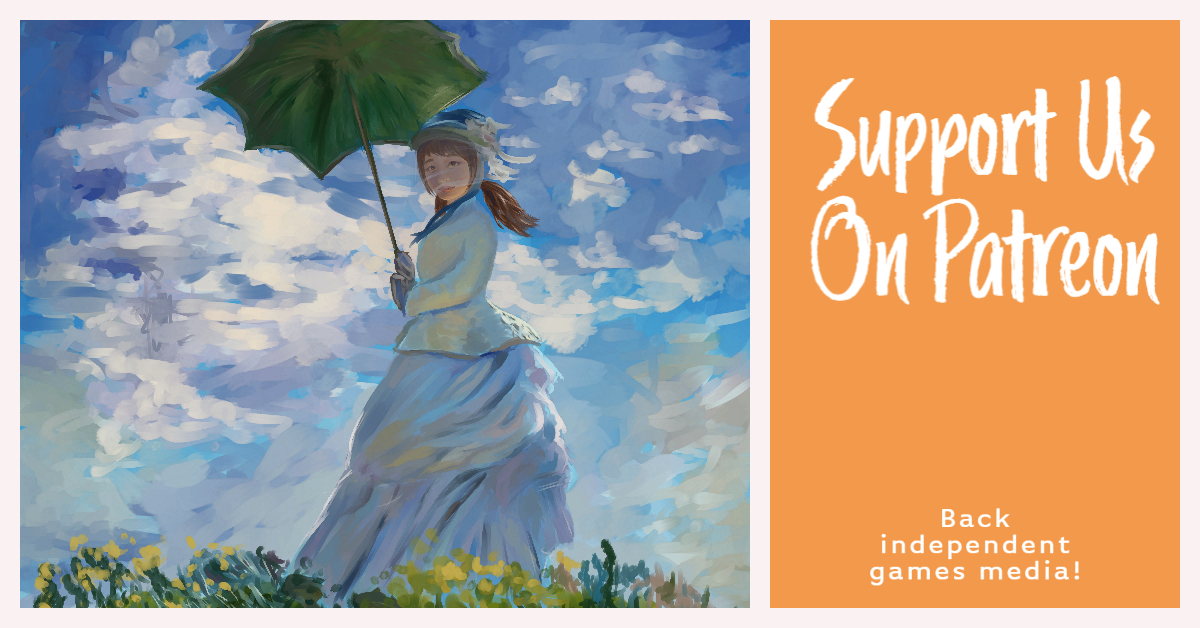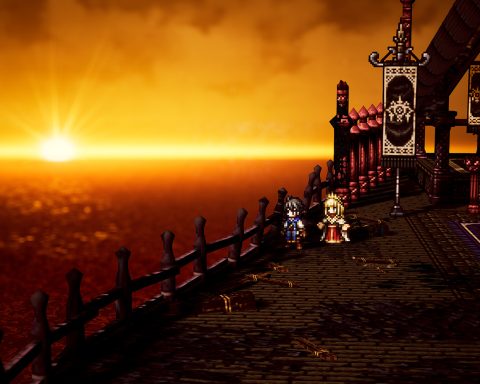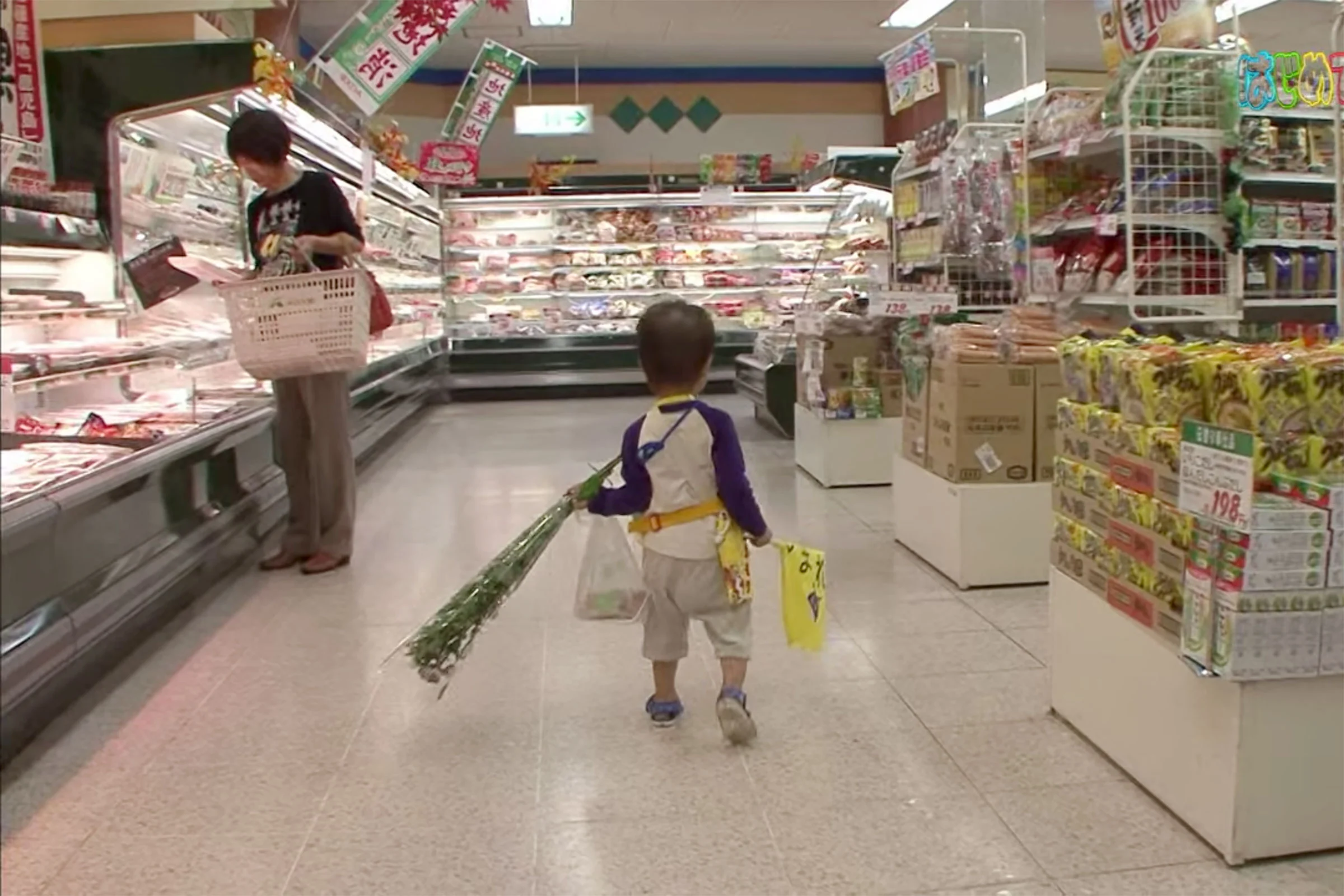Every now and then, a game pops up that I practically salivate over the mere idea of. That was Murderous Muses to me. Ever since its announcement, I’ve been hooked on the idea of an art gallery plus murder mystery plus FMV goodness. That’s a lot for a game to live up to, and that gave me legitimate anxiety as the release date approaches. What if all that potential fell apart the instant I begin the game? Don’t worry, though: Murderous Muses fully lives up to my expectations.
D’Avekki Studios has had one hell of a trajectory, beginning with a trilogy of games: The Infectious Madness of Doctor Dekker, The Shapeshifting Detective, and Dark Nights with Poe and Munro. While Murderous Muses uses some of the same actors, it is decidedly something brand new. The biggest jump is that the game isn’t purely FMV, it’s actually set in a procedurally-generated art gallery and the FMV comes in the form of paintings coming to life.
I’m getting a little bit ahead of myself, though, so let’s start with the story. A year ago, artist Mordechai Grey was murdered. He was working on a series of six portraits before his death, and each of the paintings’ subjects is also suspect in his murder. Nothing has been proven. An art gallery decides to hold a special exhibition dedicated to Grey and the six suspects in his murder, AKA his Murderous Muses. The player takes on the role of a nighttime security guard at the gallery in the days before the exhibit opens, and as a result, becomes a part of the murder mystery.
I take great pride in my role as security guard and all that comes with it. There are layers of puzzles in the game, the first being to match six paintings to their name plaques each of the three nights I’m working. Is it difficult? No. But it’s clear that a great amount of thought went into both the paintings and their titles, and it’s nice to take some time to admire them. Some paintings are pretty joyful, like chickens flying around a farm. Others are downright creepy, like a woman with blank eyes rising from the water. If you hang them correctly, a button appears that lets you listen to the story behind the painting. If you don’t hang them correctly, that button never appears so you know to try again. The art gallery is procedurally generated, so unless you’re using seeds you never know quite what to expect in terms of the placement of paintings. This makes each playthrough feel fresh, an important feat when each time only takes a couple of hours to complete. Add to that random killers, and you can pretty much play infinitely if you so choose.
Each night, there is a new puzzle to complete regarding the paintings and interviews with the subjects. This is where FMV comes into play, as each painting springs to life and the subject will speak about a given topic. These topics change each night. Each subject has a list of three topics to cover each night, matching name plaques in the gallery. Hanging the right painting above the right plaque unlocked a video of the subject talking about the topic. You have to view them in order for them to unlock a new video. For example, on night one you’re working towards each subject’s alibi.
You can’t just hang the paintings willy-nilly, though. At the beginning of each night, each painting is charged with six orbs. Every time you watch a video, it costs an orb. You can take orbs from one painting and insert them into another, or find the orbs around the gallery to use as fresh charges. It adds another layer to the game, where your choices can really alter the path of the game. You may discover more about a suspect in a useful manner, or just end up wasting them on topics that don’t matter so much. Outside of the three topics listed, you’ll want to place each painting into slots that relate to what is said in others; for example, if murder is mentioned under the family tag, try placing that painting under murder as well.
As I expected based on D’Avekki’s past games, the cast of Murderous Muses is outstanding. There are some returning faces, such as Aislinn De’Ath as (suspected murderer) Lilith the undertaker and Klemens Koehring as the face of an Unsolved Mysteries-type show that helps guide player, but the cast is mostly comprised of new (to me) faces. I’ve become especially fond of Rikki Stone, who plays a ventriloquist named Otto, and Anna Fraser, who was given the difficult task of playing cloned twins Sunday and Monday Finch. Other suspects include Dominique (Bex Finch), Xavier (David John-Bores), Beth Gatherer (Professor Catherine Myers).
Something that I really appreciate about D’Avekki games is the thoughtfulness behind the achievements. I’m typically not much of an achievement hunter, but with these games I absolutely am. I use the achievements as a sort of guide to get the most out of the experience, following them to see new things. That makes me wonder about the upcoming Nintendo Switch version: will there be a sort of in-game achievement tracking? But no matter here, as I played on PlayStation 4… mine sounds like a bloody jet engine but it’s still kicking!
Despite some initial confusion over the puzzle aspects of Murderous Muses – which I blame more on the way my brain works than the game, sometimes I need to be blatantly told something or I miss the obvious – I still felt that I got a really complete experience. The mash-up of a procedurally-generated environment with FMV is highly successful, and fit together hand in hand. I came into this game loaded with expectations and fearful of being let down… but that fear was completely unfounded. I mean, I’m a games journalist/critic with a degree in art history and a love of true crime – Murderous Muses was basically made for me!


